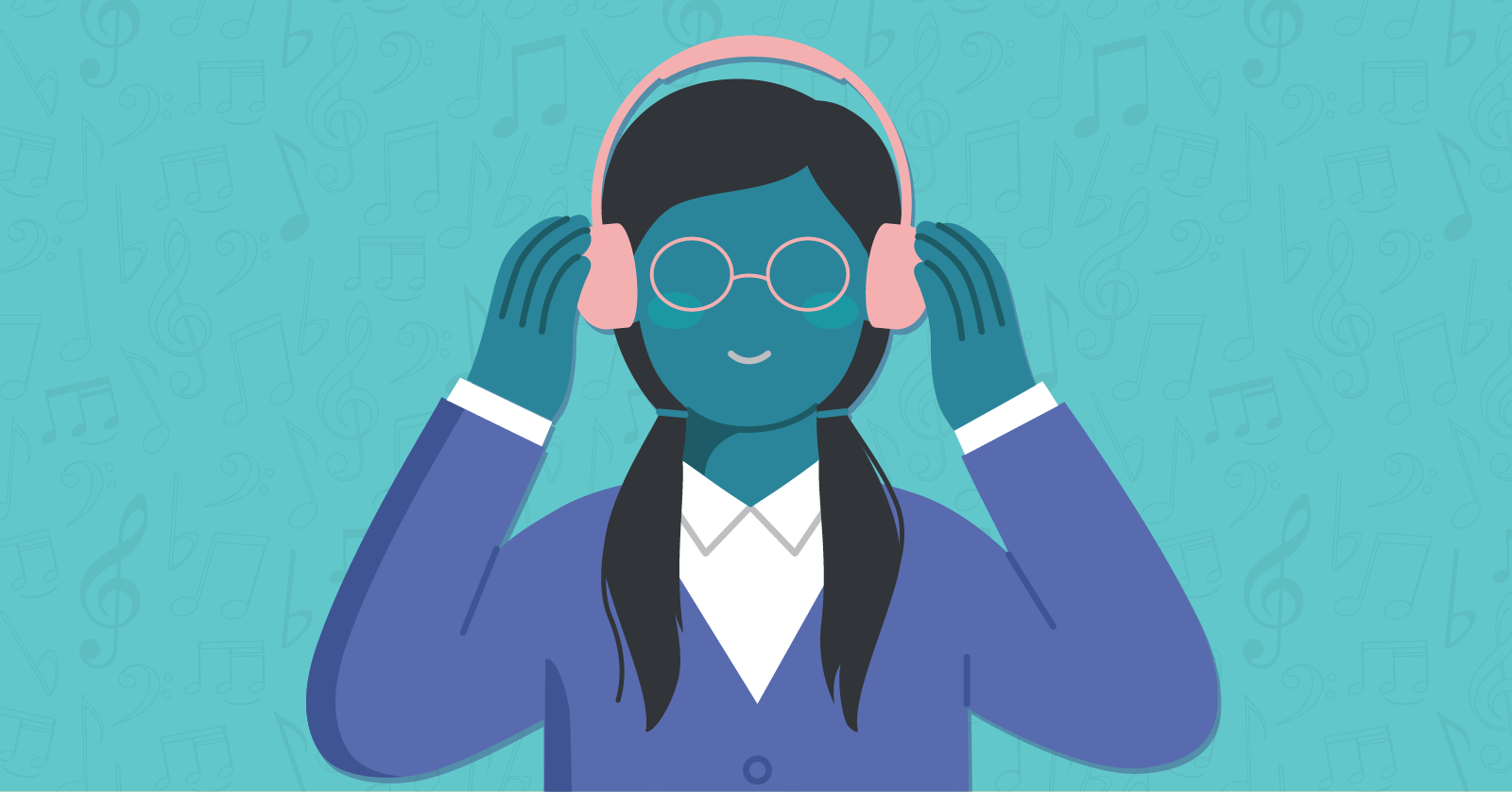
Each May 31, National Save Your Hearing Day recognizes the importance of preserving our hearing. As musicians and music educators, our auditory sense is a treasured gift that allows us to connect with our artistry and share it with the world. However, amidst the passion and exhilaration of creating and teaching music, it is crucial to recognize the long-term well-being of our hearing. The significance of hearing protection cannot be emphasized enough, as it safeguards our ability to appreciate and continue making music for years to come.
A Little Sound Science
Music is an immersive experience, and while it enriches our lives, it can also expose us to potential risks. Recognizing these risks is the first step toward taking proactive measures to protect our hearing.
When we talk about the volume of a sound, we mean the Sound Pressure Level (or SPL). The description of any sound’s pressure level depends on the listener’s distance from the source. The unit of measurement is decibels. Because we are capable of hearing a vast range of apparent volume – from the faint buzz of a distant mosquito to the blistering roar of a jet engine – we use a logarithmic scale. Every increase of 10dB equates to a doubling of volume!
Sound pressure level decreases rapidly with distance. Sound waves travel outward in an expanding sphere from the source. A certain amount of energy is shared across the surface of that sphere. As the sphere gets larger, the same amount of energy fills that increasing volume of space. If you take a few steps back, the apparent sound pressure level from your listening position will be reduced by nearly half.
For those of us who work and play in noisy environments, it is worth investing in an SPL meter. Even an app on your phone can help you understand the sound levels you are exposed to regularly. Try to place the meter as close to your listening position as possible. It does you no good to find the volume of that snare drum from the other side of the room. You’ll find that a whisper at close range is about 30dB, and a normal conversation is about 60dB. Any continuous sound above 70dB may damage your hearing with prolonged exposure. An easy guide to remember is that if you need to raise your voice to speak over any sound, that sound can become a threat to hearing health, given enough time. Any sound over 100dB can cause damage immediately.
Long-Term Implications
Hearing loss is irreversible, and its impact extends far beyond our musical endeavors. Untreated hearing damage can severely affect our personal lives, professional careers, and overall quality of life. As musicians and educators, our hearing is our most valuable asset. It enables us to perceive nuances in music, appreciate harmonies, and interact effectively with fellow musicians. By protecting our hearing, we ensure that we can continue to perform, create, and teach with precision, clarity, and artistry.
Empowering Musicians and Educators
Taking control of our hearing health means making informed decisions regarding our musical environments. Here are some practical strategies for hearing protection:
Earplugs: Custom-molded musician’s earplugs or high-fidelity earplugs are excellent options to attenuate excessive sound levels without compromising sound quality. They reduce the risk of overexposure while preserving the nuances of the music. Many musicians find them to be an improved experience, as the complete spectrum of frequencies can be heard easily at a reduced volume. Consider fully-attenuating earplugs for very loud environments like rock concerts or industrial spaces.
Limiting Exposure: Be mindful of the duration and intensity of rehearsals, performances, and teaching sessions. Regular breaks and monitoring sound levels can significantly reduce the risk of hearing damage.
Education and Awareness: Spread awareness about hearing protection among fellow musicians, students, and colleagues. Encourage conversations about the importance of hearing health and provide resources to safeguard it effectively. Require hearing protection for the loudest instruments, such as marching drum lines, amplified rhythm sections, and big band wind players.
Seeking Professional Advice
When it comes to hearing protection, seeking professional guidance is crucial. Audiologists specializing in musicians’ hearing health can provide valuable insights, conduct hearing assessments, and offer customized recommendations based on individual needs. Regular hearing check-ups can help identify any early signs of damage and allow for appropriate interventions.
Conclusion
As musicians and music educators, our passion lies in the transformative power of music. However, it is vital to recognize that our hearing is irreplaceable and demands our utmost care. By embracing hearing protection practices, we actively invest in our future, ensuring a lifetime of musical enjoyment and fulfillment. Let us prioritize our hearing health, lead by example, and create a culture of awareness and protection within the music community. Together, we can preserve our gift and continue to inspire others through the beauty of sound.